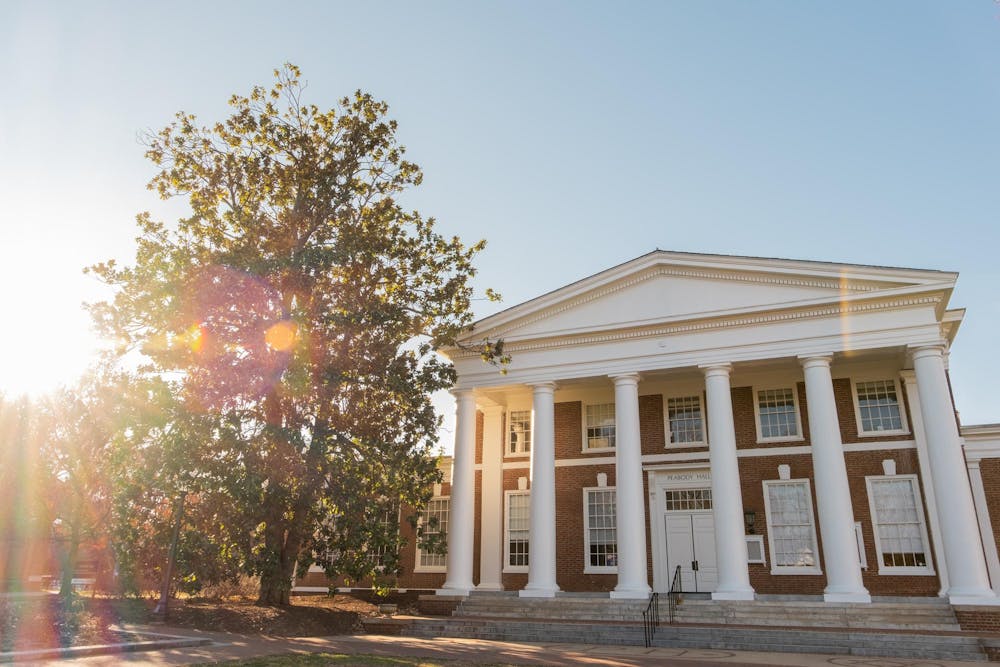As part of its 2024-25 admissions cycle for the prospective Class of 2029, the University extended offers of admission to 6,746 applicants Feb 2. according to University Spokesperson Bethanie Glover.
The early action application process is a nonbinding application which allows prospective students to submit their applications by Nov. 1 in order to receive a decision from the University prior to the regular decision notification date in late March.
In total, the University received 41,885 applications for the early action period, representing an 11.3 percent increase from last year’s admissions cycle, during which the University received 37,642 applications.
According to Glover, the University received 11,240 in-state applications and 30,645 out-of-state. Both of these numbers increased by around 11 percent from 2024, a number which is consistent with the combined increase in total applications. A total of 6,746 applicants received offers of admission, compared to 6,519 in 2024 — only a 3.5 percent increase in admissions offers, despite the 11 percent increase in applications.
The University admitted 2,788 in-state applicants, resulting in a 25 percent in-state acceptance rate. The in-state acceptance rate decreased by 3 percent from the 2023-24 early action cycle, which had a 28 percent acceptance rate for in-state applicants. The acceptance rate for out-of-state early applicants remained the same — around 13 percent with 3,958 applicants were admitted.
The acceptance rate remains higher for in-state applicants per University policy as a public institution, which requires that the University maintain a two-thirds majority of in-state students.
This year, the enrollment goal for early action applicants remained at 3,970, according to Glover. Typically the University maintains a yield rate — which is the number of admitted applicants who choose to enroll — of around 40 percent.
The University did not provide statistics for deferred or denied applications.
Following a 2023 Supreme Court ruling which removed race-based affirmative action in college admissions, applicants do not have the option to voluntarily disclose their race or ethnicity on their applications. For this reason, the University is no longer able to provide statistics focused on the racial and ethnic demographics for admitted students. Affirmative action had previously allowed universities to consider race and ethnicity in making application decisions, with the aim of promoting diversity at higher education institutions.
Since the Supreme Court decision was made, the University has added a required essay prompt that offers applicants the opportunity to discuss their personal background and experience, including race and ethnicity. After the 2024 admissions cycle, the first cycle in which University admissions did not have access to demographic information on applications, the newest class showed minimal demographic change.
The University released its first round of decisions in December, during the early decision cycle — a binding application process which allows prospective students to automatically commit to the University if accepted. This cycle also saw an 11 percent increase in applications, and had an in-state acceptance rate of 29.5 percent and an out-of-state acceptance rate of 21 percent.
One additional admissions cycle for the Class of 2029 remains — regular decision applications were due Jan. 5, and applicants can expect notification of decisions by April 1. Accepted applicants must decide whether to attend by May 1.







